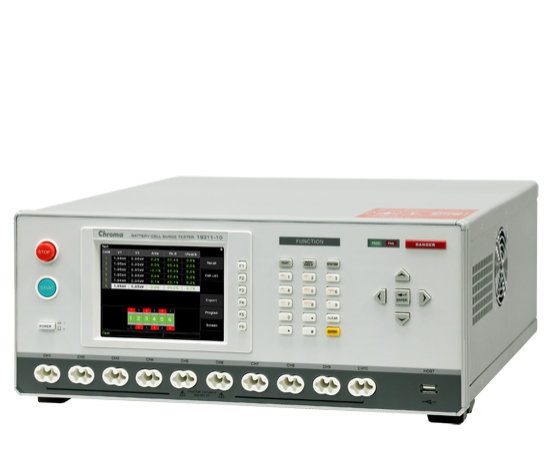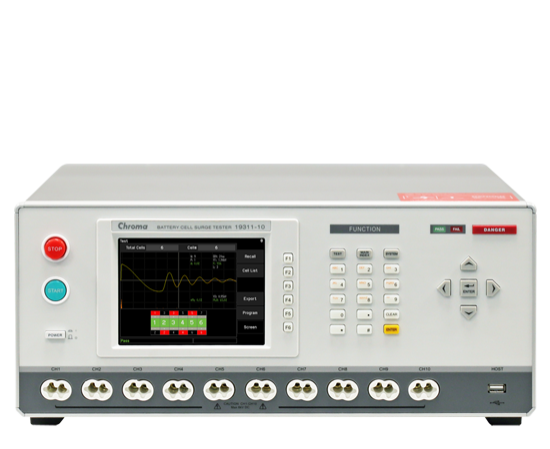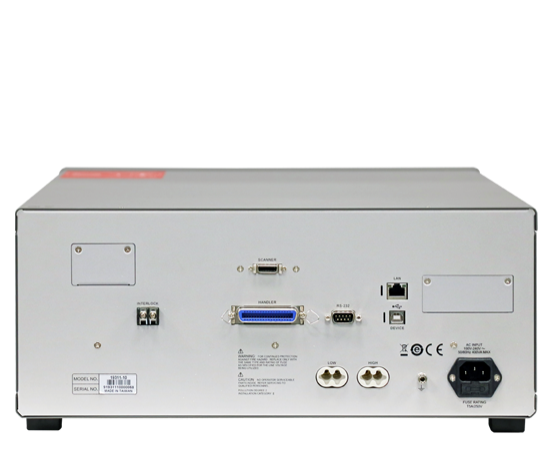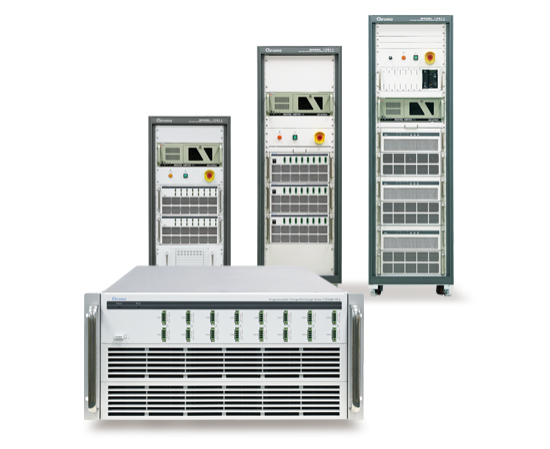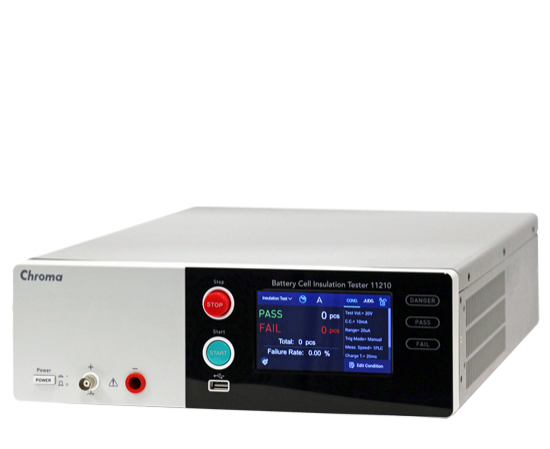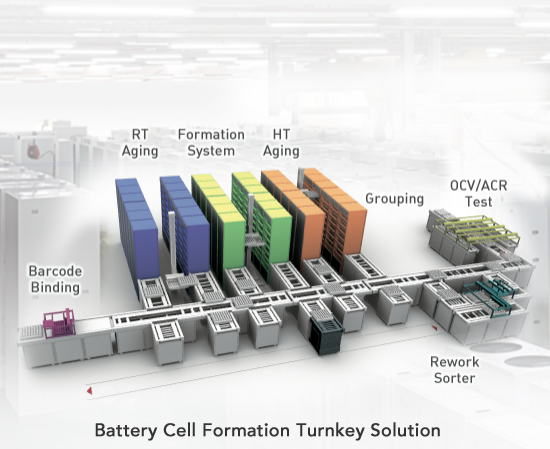Description
The Chroma 19311 series Battery Cell Surge Tester is designed for testing the insulation quality between the positive and negative plates of the lead-acid battery cell. This is done by applying a high voltage surge/impulse before the electrolyte injection. Its output voltage can reach up to 6kV. It also has four terminal measurement and 200MHz sampling rate. The Chroma 19311 series has single channel (19311) and multi-channel (19311-10) tester.
The 19311-10 has 10 channels, which can test up to 9 battery cells via scanning test, with a single unit. It can support up to 25 channels for testing up to 24 cells in a sequence by connecting with an external scanner (A190362). The test speed of the multicell scanning test by 19311-10 is extremely efficient, saving test time, and decreasing labor costs. It also increases the production capacity of the production line.
Testing the lead-acid battery cell with a high voltage surge before the electrolyte injection checks the insulation distance and the insulation quality between the positive and negative plates, determines the separator between the positive and negative plates, and identifies whether the positive and negative plates are not short together. The surge test can decrease the defective rate of the lead acid battery production and increase the insulation quality of the lead-acid battery cell.
Chroma 19311 series can analyze the differences of the insulation quality from the resonant waveform. There are 8 types of judgements for analysis: Area, Diff-Area, Flutter, Laplacian, V1, V3, Peak Ratio and ΔPeak%.

